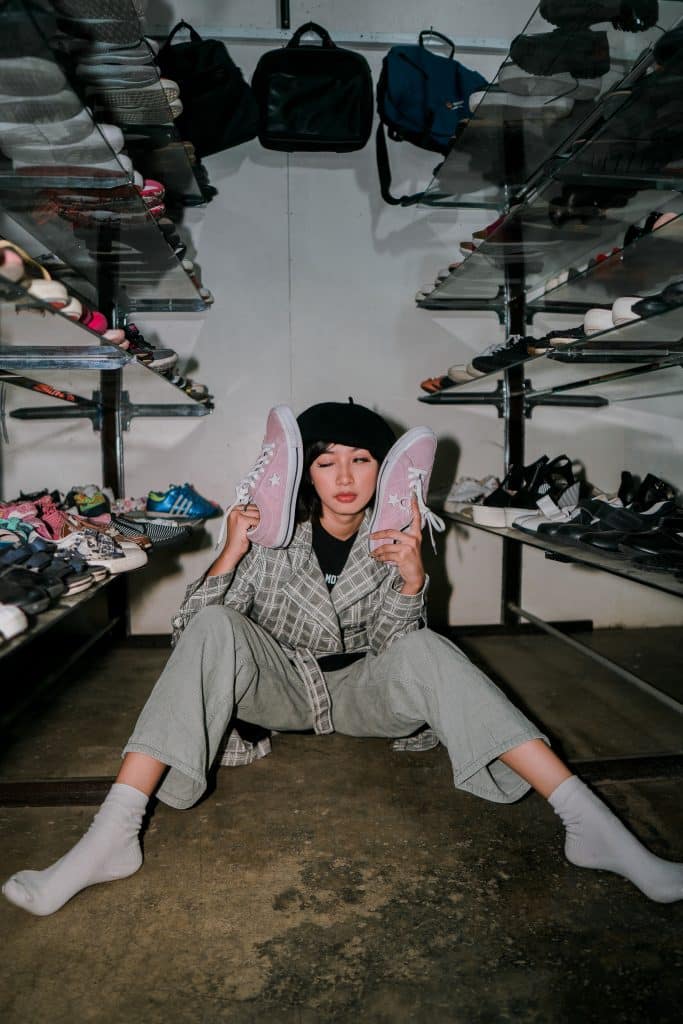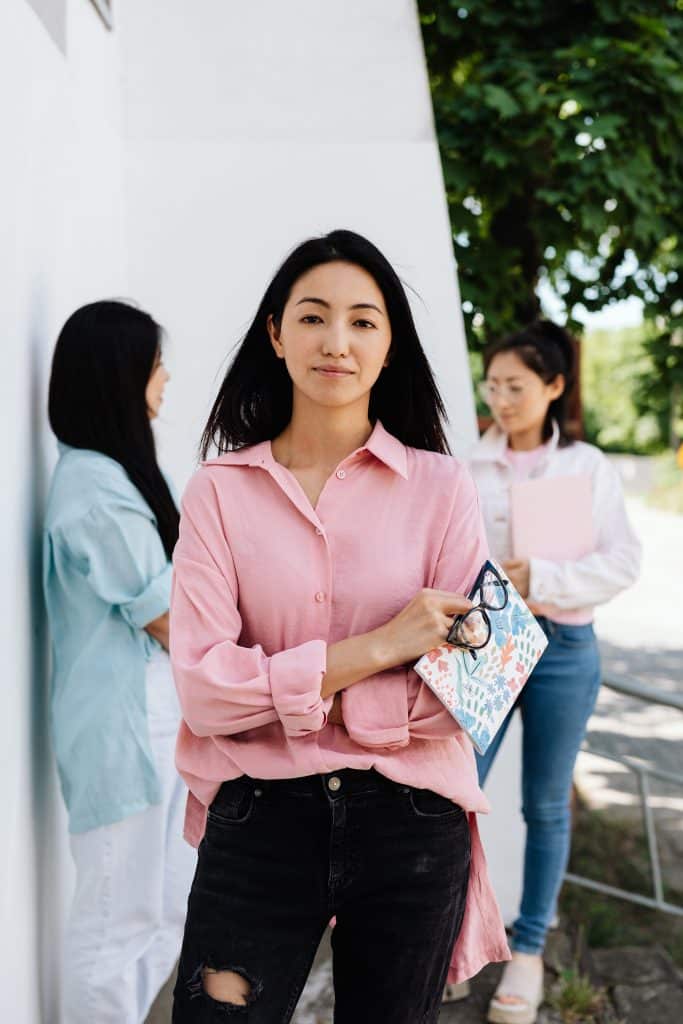Key Opinion Leaders (KOLs) are social media influencers with large numbers of followers on sites such as WeChat, Weibo, Douyin, Xiaohongshu and Bilibili. They’re often under the age of 30, primarily followed by Chinese Gen Z and millennial consumers.
Whilst names such as Li Jiaqi and Weiya may not mean much to the average Western consumer, they wield astounding influence in the China market. As prominent Key Opinion Leaders (KOLs), they’re an integral part of the phenomenon that’s transformed Chinese social media and marketing.
One report placed the value of the Chinese KOL marketing industry at over RMB 100 billion, and the sector has only grown since then. Today, over 80% of Chinese consumers (who follow at least one KOL) report purchasing products endorsed by influencers. As traditional magazine and television advertising falls out of favour – reliable and trustworthy KOLs are ever-more influential.
With millions of followers and high levels of trust, unlocking the potential of China’s KOL economy is essential for brands in the China market. So, let’s get started…

What is a Key Opinion Leader?
Key Opinion Leaders (KOLs) are social media influencers with large numbers of followers on sites such as WeChat, Weibo, Douyin, Xiaohongshu and Bilibili. They’re often under the age of 30, primarily followed by Chinese Gen Z and millennial consumers.
As Chinese social media professionals, KOLs are true experts in standing out from the crowd, promoting and selling products.
In addition to “traditional” short posts and videos, private WeChat groups are on the rise. Influencers Austin Li and Viya ran promotions for a Singles Day campaign, activating more than 2,000 chat groups. They delivered previews and managed sales enquiries before and after the live sessions.
The results speak for themselves! During the first day of the campaign, these two key opinion leaders generated over 1 billion RMB in pre-sale deposits.
The Chinese KOL economy: market overview
In recent polling, over 70% of Chinese Gen Z consumers reported a preference for shopping directly via social media. This shift was only heightened by the Covid-19 pandemic, as more and more of our lives went “virtual”. Subsequently, the conversion rate of Chinese KOLs grew by almost 40% between January and May 2020.
The video platform Douyin offers the most impressions per post from top-tier influencers (at an average of 1,200) whilst Weibo, Inke and Yizhibo are all close behind at 1,000 average impressions. Perhaps even more impressive is the penetration rate at 98% for Douyin and 94% for Xiaohongshu.

How effective are Chinese KOLs?
Social media in China tends to have stricter user verification requirements than most Western sites. The distinctive nature of Chinese social media means KOLs enjoy higher levels of trust and authenticity, and therefore greater influence.
According to a report by A.T. Kearney, users were more receptive to celebrity brand recommendations than any other country surveyed. Whilst actors and reality TV stars are still the “most preferred” brand ambassadors for Chinese consumers (at 66% of people surveyed), internet influencers are just behind at 56%.
Influencer endorsements are particularly effective within the fashion and cosmetics industries. For example, during the pandemic, the cosmetic brand Perfect Diary turned makeup artists in 50 offline stores into online KOLs primarily through WeChat. Together, they generated more than 140,000 live streaming views and catapulted the company straight into the Taobao top-listed cosmetic products.
Standing out from the crowd: the era of co-creation
With so many successful Chinese KOLs, standing out from the crowd can be a challenge for Western brands. Without the right influencer, communication issues can arise with key messaging and emotional responses lost.
To avoid this, brands must focus on telling consumer-centric stories and partnering with KOLs that resonate with their target audience. A recent China marketing campaign from the managed by Emerging Communications provides the perfect co-creation case study…
University KOL video campaign
Aim: To increase brand awareness amongst Chinese Gen Z students, primarily for the University‘s hospitality courses.
KOL: A British influencer (who’d previously lived in China and spoke fluent Chinese) with over 712,000 followers on Bilibili.
Output: A vlog series of the KOL attending special hospitality courses at the university, as well as a tour of the campus with current Chinese students.
Results: Within 11 days of launch, the campaign created 3,561,240 impressions and 353,798 video views, with 14,103 engagements and 448 Bilibili bookmarks from interested students.
The University was particularly successful at establishing an emotional connection with its Chinese Gen Z audience as the chosen KOL spoke directly to their concerns. He bridged cultural and language backgrounds and was himself searching for a suitable university.
Choosing the right KOL that speaks to a brand’s target audience is essential. This might be different from campaign to campaign, and platform to platform! By co-creating content and encouraging influencers to lead the creative process, brands can connect directly with Chinese consumers.

The rise of key opinion consumers (KOCs)
To end this guide to China’s KOL economy, it’s worth mentioning the latest development revolutionising Chinese social media trends – the rise of Key Opinion Consumers (or KOCs).
KOCs are ordinary buyers with small numbers of followers (often in the hundreds) who provide honest opinions about products in as neutral a manner as possible. As regular Chinese consumers, their reviews are key to customer buying journeys. This is especially the case for the new generation of Chinese Gen Z who prize authenticity and trust over traditional brand loyalty.
With a combination of KOL and KOC marketing, brands can increase awareness and engagement at the same time as building consumer trust. These influencers can review and promote products and drive user-generated content by inviting followers to contribute their opinions. All of this has the potential to convert social media users into active consumers – a key goal of any China marketing strategy.
To learn more about Chinese influencer campaigns, take a look at the Emerging Comms Guide to Influencer Marketing. With advice on setting your brand apart, selecting the right influencer and creating truly impactful content, discover how to amplify your Chinese marketing strategy.
